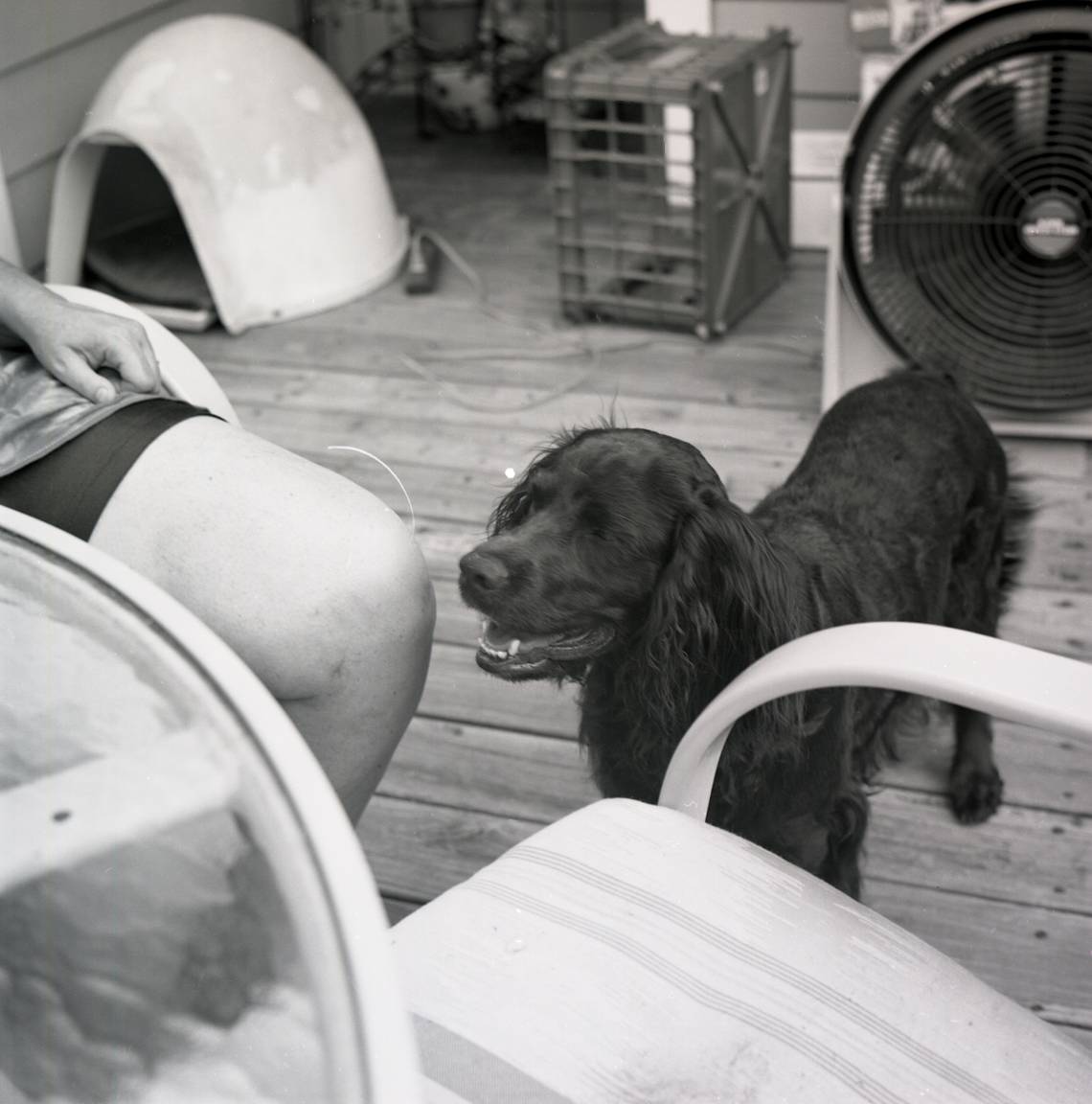Yashica Mat-124G
10 17 Share TweetWhile visiting friends of my father, I stumbled upon a camera I had been looking for everywhere: the Yashica Mat 124G. Its previous owner sold it to me in near-mint condition for extremely cheap, and I already love it. Here are my first impressions.
Lets start with the tech specs:
Camera type: twin lens reflex
Lens: Yashinon 80mm/f3.5 (composing lens is f2.8)
Film format: 120 and 220 medium format roll film
Shutter: Copal-SV, 1 – 1/500, B
Aperture: 3.5 – 32
Flash: PC socket with cold (accessory) shoe
Mount-style: Bayonet
Light meter: built in
Focus: 1m (3.3 ft.) – infinity
Self-timer: yes
Advance: crank
Tripod socket: yes
Yashica made the Mat-124G from 1970 to 1986, so it’s a fairly new camera. They were made to be cheaper competitors to the Rolleiflex. The battery for the light meter is supposed to be a 1.3 volt mercury battery, but replacements can be made. There is also a convenient shutter lock, to keep you from accidentally taking a picture, as there is no reverse winding with this camera or double exposures. The “G” comes from the fact that the electronic connectors contain gold. The aperture and shutter speed are controlled by two wheels in between the composing and photographic lenses.
Once you get used to focusing and setting shutter speeds and apertures with this camera, it’s extremely easy to use and not at all awkward. It’s fairly small for a medium format TLR, but heavy, and it focuses slowly, so don’t expect to be using this for action photography. It’s great for portraits and nature photography, and really any kind of still object, but with some practice, this could be a great beginner go-to medium format camera.
The few quirks to note with the camera: always set the lever to X when using an electronic flash attached to the PC adapter (M is for flash bulbs), be careful when putting it on a tripod because the open/close dial is around the tripod socket, make sure you move the pressure plate to set it to 120 or 220 mode before closing the back and line up the film properly with the arrows, make sure you crank forward until it stops and then backwards until it stops before trying to shoot, and always put the shutter lock on if you aren’t going to take another picture for awhile.
The camera performs great with either color negative (I used Kodak 400NC) or black and white (I used Ilford XP2 Super) films. I have yet to test it with slide film, but research indicates film tends to have less contrast and more sharpness than if you shot it in a camera with a plastic lens. I was especially excited by the bokeh at f4 and f3.5, it’s really nice and makes for great backgrounds for portraits or close ups. 80mm is more or less equivalent to a 50mm lens on a 35mm camera for 6×6 medium format exposures, and lenses aren’t interchangeable, but there are external wide and telephoto lenses available.
When tested against a Sekonic Studio Deluxe light meter, readings were often different by a stop or two, and while my Yashica is certainly dusty, one might want to err on the side of underexposure with this camera. I’d say I was very, very pleased with my new camera, and if you’re looking into getting a cheap-but-worth-it vintage TLR, the Yashica Mat-124G is a great choice.
written by nation_of_pomation on 2011-08-06 #gear #yashica #medium-format #120 #review #twin-lens-reflex #220 #yashica-mat #user-review #requested #yashica-mat-124g #vintage-tlr
































10 Comments